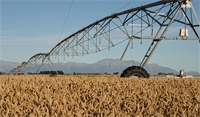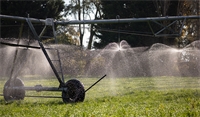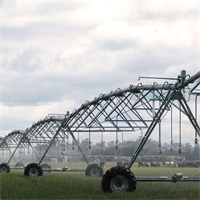Changes afoot in resource management and rules help build water resilience
WORDS & IMAGE PROVIDED BY IRRIGATIONNZ
The government is currently discussing several proposed relaxations on resource management rules. These changes include balancing the Te Mana o te Wai hierarchy with water needs, modifying freshwater farm plans, and reducing the requirement for consent for on-farm and orchard water storage.
Te Mana o te Wai was a framework that was designed to balance the needs of the life force of the river (including the biodiversity that exists within it). It also balanced the needs of humans for drinking/kai gathering, recreational pursuits, and the productive uses for growing food and green spaces.
The hierarchy has good intentions; however, I don’t know any food producers who don’t want the water bodies that support their crops, sustain rivers, and benefit the community. Having bottom lines that then exclude human activity including drinking, was fraught when there were no other means to resource it.
By balancing these needs and continuing to set targets to improve over a generation, all areas can be provided for.
However, this must be coupled with the ability of farmers and growers to store water, ensuring that water bodies receive the necessary supply when needed. Allowing water storage as a permitted activity not only simplifies the process but also encourages investment and improvements in farm systems because to truly balance the requirements, we need to be able to support the flow of water and even supplement it when it’s dry.
These are the issues being addressed in the proposed changes to the Resource Management Act. The aim is to support water bodies in replenishing and thriving while also doing the same for communities. This involves finding a balance within the Te Mana o te Wai framework, alongside provisions for water storage and improvements to freshwater planning.
IrrigationNZ is advocating for these balanced approaches to ensure both environmental health and community well-being.
We hope to see the outcomes of the current submission process very shortly.
Back to Real Farmer
Related

In irrigation management, it is interesting to consider the old adage that “You can’t manage what ...
Read More

Variable Rate Irrigation (VRI) systems have added another tool to the toolbox in agricultural water ...
Read More

As the rural communities of New Zealand grapple with the challenges posed by extreme weather events ...
Read More

There’s no doubt that farmers have a lot of challenges ahead of them – particularly in keeping up ...
Read More